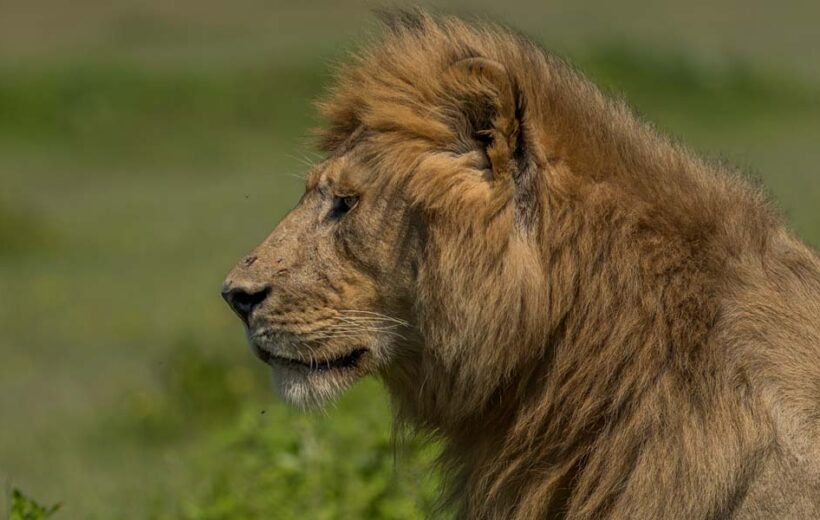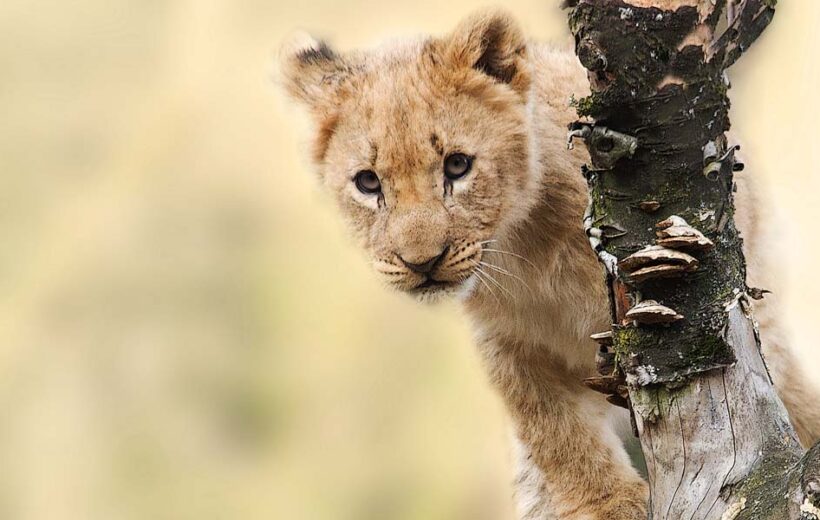Visit Tanzania for True African Safari Experiences. Tanzania is a beautiful East African Country that also lies in the Great Lakes region. It is currently the second largest country in East Africa after DRC
The country has a land area of 947,303 square kilometers with many less traveled paths.
It borders Rwanda, Burundi, and DRC to the west, Uganda to the north, Kenya to the Northwest, Mozambique, and Malawi to the south, Zambia to the southwest, and the great Indian Ocean to the east. The country has one of the longest coastlines covering over 800 kilometers. This gives the country a great advantage of access to the ocean.
Dodoma is Tanzania’s capital city and serves as the administrative center of the country. The largest and busiest city is Dar es Salaam located on the coast of Tanzania. This serves as the major seaport and business center.
Tanzania has a great agricultural backbone and the vast size of the country gives it an advantage of arable land. Major cash and food crops grown in Tanzania include Tea, Maize, Cassava, Rice, and Bananas among others.
The People
Just like many other East African countries, Tanzania has a variety of ethnicities with over 120 of them. This makes it the most culturally diverse country in East Africa. Tanzania has a very rich culture and heritage of both the native Africans and Arabs and European settlers that moved to the country.
Tanzanian people are hospitable and you can easily get along with them while on a visit to the country. There are a number of archaeological sites in Tanzania around the Olduvai Gorge where fossils of humans were found. These date back to the Quaternary era.
Today the Hadzabe people are some of the unique tribes living in Tanzania. They are hunter-gatherers and live near Lake Eyasi. They make a click sound as they speak and are some of the tribes that have kept observing their local traditions. The Masai people are also very traditional and it is always great to catch up with them in their community where you would get to know more about their ways of life.
The people in cities and urban centers do not follow many of their traditional customs but you can get these in the countryside.
Wildlife
Wildlife is the backbone of Visit Tanzania Safari expeditions. The vast size of Tanzania gives it a great advantage in terms of wildlife protection and conservation. The country has 22 national parks and 17 game reserves that protect both flora and fauna. Tanzania is one of the few places on the entire continent with high populations of wildlife despite the threat they face now.
Tanzania’s Selous game reserve is Africa’s biggest game reserve and is a very remote ideal for an intimate safari. While here and many less traveled paths in the south you get to see all the big cats in large numbers. Prides of lions, cheetahs, leopards, and hyenas thrive on the hundreds of thousands of grazers. The major grazers in the country include zebras, elands, topi, waterbucks, and hartebeests among others.
The big five mammals are a must on a Tanzania safari and are well complimented by the many bird species that the country has. Serengeti National Park is among the most outstanding national parks in Tanzania because of the wildebeest migration. This migration involves the movement of wildebeest, Gazelles, zebras, and other antelopes looking for fresh pasture. They move from Central to the west, and north and cross over to Masai Mara in Kenya before setting off back to Tanzania in a circular way. These encounter a number of obstacles from the deadly predator cats to the Nile crocodiles in Grumeti and Mara Rivers.
The wildebeest migration journey gives life as well as at the different stages, the grazers mate, and by the end of the cycle, there are many newly born calves that eventually grow and continue with the migration cycle.
The Ngorongoro Crater, Tarangire National Park, and Ruaha National Park are other great wildlife destinations in Tanzania. On a visit to any of these, you will not miss at least 4 of the big five mammals and the big cats. Tanzania also has primates and Gombe National Park is famous for chimpanzee trekking. It is a base where Jane Goodall did a lot of research about primates and chimpanzees and has been a great part of primate conservation.
Marine wildlife
The long coastline of Tanzania will enable you to explore marine wildlife along the coast and in the Indian Ocean. Sea turtles are often seen on many beaches where they often lay their eggs. Once the eggs hatch, the young turtles struggle hard to get to the ocean since they are often awaited by predator birds including eagles.
Sharks, dolphins, and a number of fish species are among the aquatic wildlife you should expect to see while here. The main activities done in Marine parks and reserves include snorkeling, diving, Kayaking, and boat trips. There are 3 main marine parks and about 15 marine reserves where you can have a different wildlife experience.
For those who like to relax at the beach while you sunbathe then visiting the coast and islands in Tanzania would be ideal.
Hospitality
Tanzania’s urban and rural wild places have a wide range of accommodation facilities. These offer first-class hospitality services that supplement the wildlife and cultural safaris the country has. Major urban centers have Hotels and fast food restaurants. They also prepare a wide range of local cuisines that you can taste if you are a culinary tourism enthusiast.
The national parks have safari lodges and tented camps that are located within and near the parks. These are very ideal for game drives as many game drives start right at the lodges and camps. For the wildebeest migration, there are mobile under-canvas safari camps that are set up following the migration. With this, you are able to catch up with the wildebeest ever part they would be
English and Swahili are widely used and Tanzania shillings are the currency used for major transactions. Foreign currencies like US dollars and Euros can be accepted in cities and major hotels and lodges.
Getting there
Tanzania can be accessed by both air and water. There are four international airports with 120 airstrips. The main airports include Julius Nyerere International Airport, Kilimanjaro International Airport, Zanzibar Abeid Amani Karume Airport, and Dodoma Airport. These are served by major international airlines including Air Tanzania, Qatar Airways, Precision Air, and Coastal Aviation among others.
Road transport is the most common and convenient means of transport. There are well-developed roads giving one easy access to the national parks. The railway transportation system is slowly being developed but still has a lot of challenges.
Best time to Visit Tanzania
You can visit Tanzania any time of the year but if you are interested in wildlife safaris then the dry season is the right time to visit. During the dry season, there are high chances of wildlife viewing without being disrupted by rains. The roads are very passable and one can easily move from one game drive track to another. Wildlife photography is also great with natural lighting and easy spotting of wildlife.
In the wet season, a wildlife safari is also possible but ideal for birds. The rains favour the growth of lush vegetation and many grazers are also easily spotted. The typical wet season is usually in November, April, and May. The rest of the months are dry with October and January receiving a bit of rainfall.
Our Featured
Tanzania
Wildlife Safaris
Destination Map

Visit Tanzania
Tanzania Safaris are truly remarkable and life-changing. Safaris in northern Tanzania are top sellers but the southern part offers exclusive safaris.
Wildlife viewing in Tanzania is excellent throughout the year, especially from June to October and December to March featuring the great wildebeest migration and big cats.
It is best to avoid the wettest months of October, November, April, and May but even those times can provide excellent wildlife encounters provided you can cope with the occasional heavy downpour.
Visit Tanzania with us your number one African safari specialist.
If you have any questions regarding travel to Tanzania, please feel free to Contact US on +(256) 785-179-586










